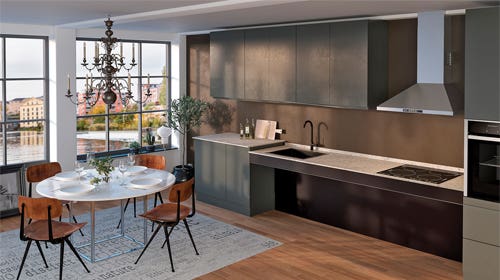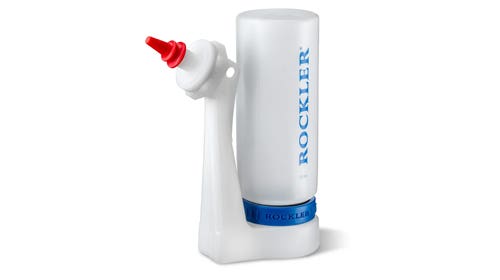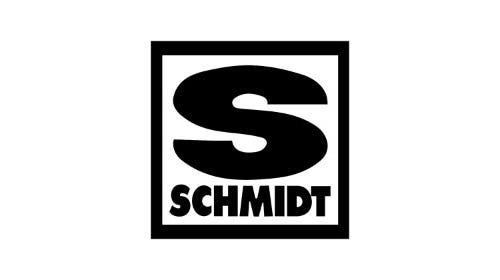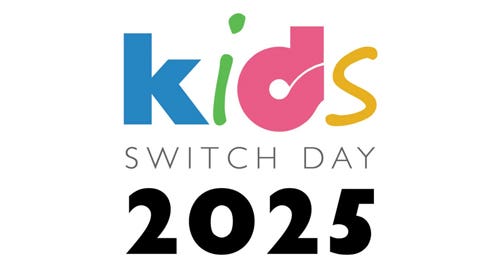Chakte-kok has a fleeting brilliance; color changes rapidly
Chakte-kok is one of only several wood species in the world that exhibits a brilliant fiery-red color. Unfortunately, once chakte-kok oxidizes, it quickly turns to a dull shade of brown….
Chakte-kok is one of only several wood species in the world that exhibits a brilliant fiery-red color. Unfortunately, once chakte-kok oxidizes, it quickly turns to a dull shade of brown.
{loadposition position10}
The enticing color of the heartwood begins to fade in a matter of minutes when exposed to direct sunlight. The transformation occurs at a much faster rate than other red-colored woods such as padauk and bloodwood. Even the use of UV inhibitors can't prevent the quick change of color. In bright sunlight, the heartwood will dramatically change color in less than an hour.
"Redheart is the common name in this country," says Matt Westmoreland of World Timber Corp. in Hubert, N.C. "But it oxidizes; it dulls. When it stays in your warehouse for six months to a year and then you take the board out, you say, 'god that's ugly.' But then you shoot it through the planer and it becomes an incredibly new piece of wood. It is totally unbelievable."
Chakte-kok (Sickingia salvadorensis) grows primarily in Mexico's Yucatan Peninsula, Belize and Guatemala. The trees grow to a maximum height of 70' with small diameters that rarely exceed 18". It is prized for its heartwood, but the tree contains a large amount of sapwood. In the Mayan language, chakte means red.
"Chakte-kok, when it is really bright red, is almost like a watermelon and, to me, that is too bright. It almost looks like it was dyed," says Mitch Talcove, owner of Tropical Exotic Hardwoods of Latin America in Carlsbad, Calif. "A lot of people will use it for color, hoping that it maintains the red in there. But when it does tone down to this nice regal red, it is pretty rich-looking. If you're not expecting that bright red to retain for years, it really settles down to a nice-looking wood."
Chakte-kok is used for furniture, paneling, decorative veneers, tool handles, pool cues and archery bows, and is a popular wood with box makers and turners. It is not a huge seller, and dealers contacted by Woodshop News indicated supply was not a problem, with substantial quantities available from sustainable sources.
"It comes in spurts; there was awhile there when permits were hard to get, but now it seems to be flowing out of that area," Westmoreland says. "I've got all I can handle. We sell mostly 4/4 kiln-dried lumber. A really good size now, in my opinion, would be 10' long and 6" wide."
One of the attributes of chakte-kok is that it is an easy wood to work with. "It doesn't [produce] tear-out and seems to plane very nicely," says Talcove.
The bark and sap of chakte-kok have been used commercially to create a red dye but, as with the heartwood, the color fades when exposed to the sun.
"People always want red woods so your choices are bloodwood, padauk and redheart," says Rick Hearne, owner of Hearne Hardwoods in Oxford, Pa. "They will all oxidize brown and it depends upon which color of brown you want in the long run. Are willing to put a UV-block finish on and keep applying it every two or three years? All that is doing is adding a sunscreen to your finish. Eventually it breaks down with the light, but it will keep it that way for a while."
In the end, the main issue with chakte-kok always reverts back to its color.
"I don't know of any UV inhibitor for anything," says Talcove. "All these people come up with these old wives' tales ... the basic thing is you just have to slow it down and, if it goes up against light, light will really kill it."
Unselected, but basically clear 4/4 chakte-kok lumber retails for $16 to $20/bf.
This article originally appeared in the February 2010 issue.







